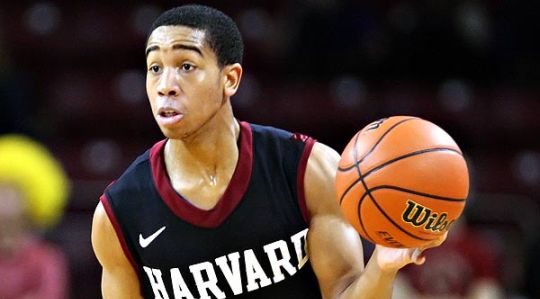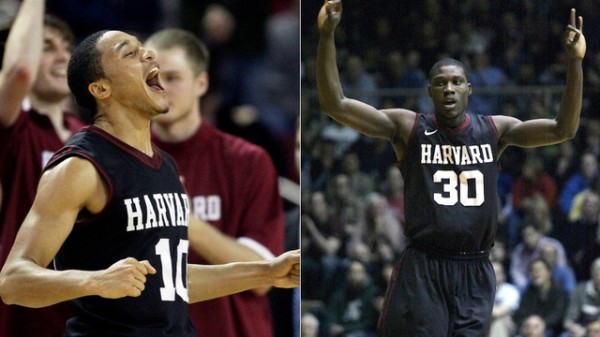CIO… the Ivy League
Posted by Brian Goodman on December 21st, 2012Michael James is the RTC correspondent for the Ivy League. You can also find his musings on Twitter at @mrjames2006 and @ivybball.
Looking Back
- Princeton’s Collapses – Ken Pomeroy just added another stellar feature to his site – an advanced stat box score for past games as well as the scoring by 10-minute increments that he labels “quarters.” The Tigers might not want to look at that latter piece of information, especially the numbers under Q4. In the four games prior to last night’s convincing win over Rider, Princeton was outscored 74-50 in the final 10 minutes of games and blew leads of eight (at Wagner), six (vs. Drexel) and 11 points (vs. Fordham). Throwing in the Northeastern game, where Princeton lead by 10 with 10 minutes to play, the Tigers could be looking at a completely different record if it could just salt away games in which it has big leads. That’s also the reason why it would be foolish to underestimate Princeton on the basis of its 4-6 mark to this point.
- Winner Winner – Harvard clawed back from eight points down early in the second half and three points behind with just five minutes to play, only to watch Boston University’s D.J. Irving hit a jumper with 19 seconds left to stake the Terriers to a one-point lead. Then came another chapter in a storybook rookie season for the Crimson’s Siyani Chambers. The 6’ point guard attacked the paint looking to set up a teammate for a good look, but came up empty and was forced almost to the short corner. The Boston University defenders went flying by, leaving Chambers all alone to nail a game-winning jumper. The basket gave Chambers 21 points on the night – the second time in three games he hit that mark. For a position that was supposed to be Harvard’s Achilles heel heading into the season, the former Minnesota Mr. Basketball has turned it into one of its strengths.
- Strength Against Strength – There are several ways to illustrate the split between the Ivy League’s top three teams and its bottom five squads. None may be more striking than the results against Power Six competition. In five games against Power Six opponents, Columbia, Harvard and Princeton are 2-3 with an average scoring margin of zero. The remaining five teams have an average scoring margin of -21 over eight games, and none of those contests finished within single digits. There are still six such games left to be played for the Ivies this year (five by the bottom five), so that stat is still subject to some change, but with over two-thirds of the contests already having been played, it’s unlikely the gap will close significantly.
Reader’s Take
Power Rankings
- Harvard (5-4) – It’s not that the Crimson has necessarily overachieved, but rather that fellow favorites Columbia and Princeton have stumbled so badly at times that pushes Harvard back to the top spot. The Crimson is hardly without flaws, especially on the defensive end. Starting forwards Steve Moundou-Missi and Kenyatta Smith have struggled in all facets of the game, leaving Harvard to turn to a four-guard lineup with only 6’6” forward Jonah Travis anchoring the paint. Still, the Crimson has managed to be the league’s best defensive rebounding team and, while it is second-to-last in two-point field goal percentage allowed, it balances that out by refusing to put opponents on the free throw line. The efficiency in converting missed shots into stops and forcing turnovers has made Harvard an above-average defensive team. Combine that with the best offense in the league by over five points per 100 possessions, and it’s clear why the Crimson has slowly become the Ivy favorite. Read the rest of this entry »












































